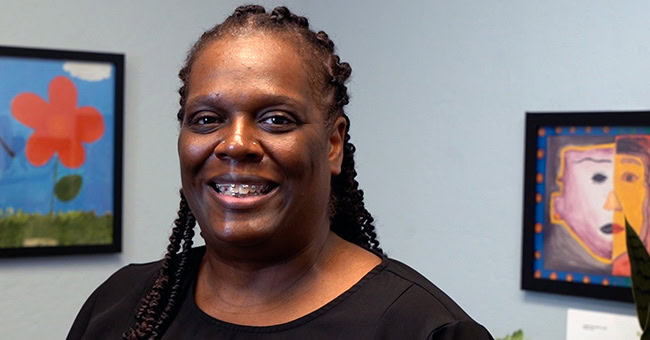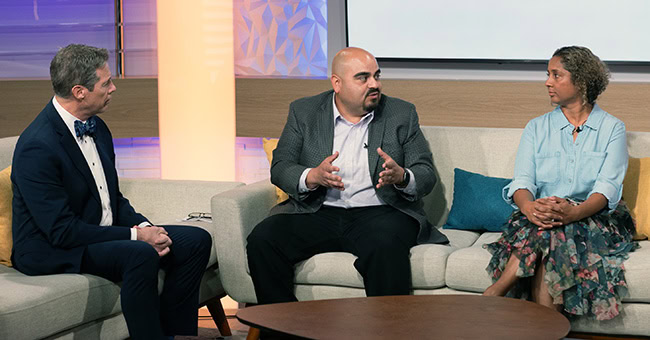For years, nonprofits have been forced to operate under a different set of rules than the for-profit business sector. Why?
In 2013, Dan Pallotta, the mastermind behind the Breast Cancer Walk and the AIDS Ride Across America, delivered a TED Talk titled ‘The way we think about charity is dead wrong.’ In it, he lays out the five main discriminatory factors nonprofits face that force them into operating under a different set of rules than the for-profit business sector.
A decade later, after releasing a book based on that TED Talk, Pallotta teamed up with several well-known philanthropists and organizations to bring a documentary called ‘UnCharitable’ to theaters. The film takes a deep dive into the economics of the nonprofit sector and the societal constraints holding them back.
‘UnCharitable’ premiered in the Phoenix market Thursday, Oct. 26 as part of a collaboration with St. Vincent de Paul and STN. The sold-out show at the Harkins Theaters inside Scottdale Fashion Center included a round table discussion with St. Vincent de Paul CEO Shannon Clancy, STN CEO Eric Sperling, UMOM New Day Centers COO Monique Lopez, USAA Regional Site Director Patrick Fitzhugh and Cox Business Agent Channel Manager, Sheldon Caldwell-Meeks.
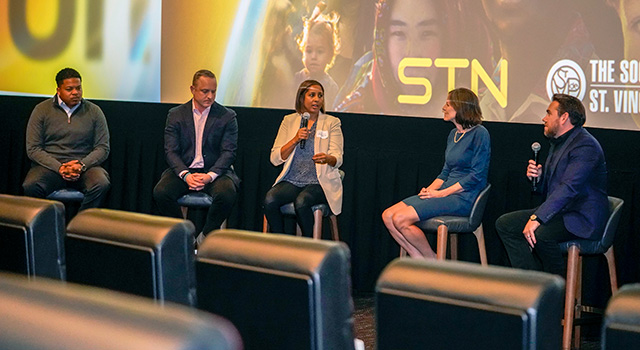
Monique Lopez, COO UMOM New Day Centers discusses the importance of the themes in ‘UnCharitable’ in a roundtable discussion following the Phoenix premiere of the film. (STN/Darryl Webb)
The panel discussed the importance of the message in ‘UnCharitable’ and how the ideas in the movie can be implemented by everyone, even if you are not directly involved in nonprofit community work.
Clancy has worked directly with Pallotta and has seen firsthand what can happen when nonprofits are allowed to spend donated funds freely.
“This idea – if you invest a dollar in a program, the next year you need $1.10 to do the same thing. But if you invest a dollar in marketing and development efforts, then hopefully, will at least get you back the dollar and sometimes $2 and $3 and $4,” she explained.
That type of investment in St. Vincent de Paul allowed them to create new branding, a new website, create storytelling tools and helped them build a larger marketing and fundraising team.
“The plan worked. It allowed us to be able to raise the funds we need to invest back into our mission,” elaborated Clancy during the roundtable discussion.
The work Pallotta did with St. Vincent de Paul is an example of what can happen if a nonprofit is able to operate outside these five societal constraints:
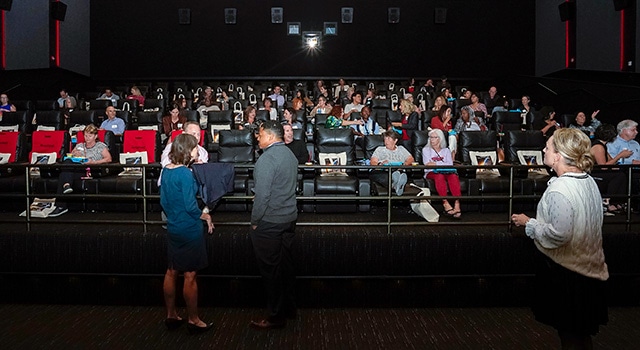
Sold out Harkins Theater in Scottsdale Fashion Square for the Arizona premiere of ‘UnCharitable’. (STN/Darryl Webb)
—
1. Compensation – “ In the for-profit sector the more value you produce the more money you make but, we don’t like nonprofits to use money to incentivize people to produce more social services.” (Source: Dan Pallotaa, ‘UnCharitable’, The way we think about charity is dead wrong, TED Talk, March 2013)
Recruiting and compensating top talent has been a problem in the nonprofit sector for years.
Pallotta explains in ‘UnCharitable’ as well as his TED talk from 2013, “You make a violent video game and make $50 million; they will put you on the cover of Wired Magazine. But you make half a million trying to cure kids with malaria, you are considered a parasite yourself.”
A major theme throughout ‘UnCharitable’ is removing the stigma that nonprofits are in some way different from for-profit businesses and should be expected to spend less to grow their operations and solve big global problems; essentially creating two separate rule books for how for-profit and nonprofit businesses should operate.
2. Advertising and Marketing – “ We tell the for-profit sector to spend, spend, spend on advertising until the last dollar no longer produces a penny of value. But we don’t like to see our donations spent on advertising and charity. (Source: Dan Pallotta, ‘UnCharitable & The way we think about charity is dead wrong, TED Talk, March 2013)
According to figures quoted in the documentary, charitable giving has remained at 2% of GDP since measuring it started in the 1970s. Pallotta explains how that illustrates the struggles nonprofits have had over the last 50 years, as they fight for the same consumer dollars as McDonalds, Apple and Coca-Cola; major companies that are allowed to spend billions of dollars to produce revenue. But when businesses in the nonprofit sector spend millions to solve world problems, they are quickly scrutinized by the media and the public.
“We hypnotize people in consumption, and we don’t let the nonprofit sector indoctrinate people in compassion,” explains Pallotta in the documentary.
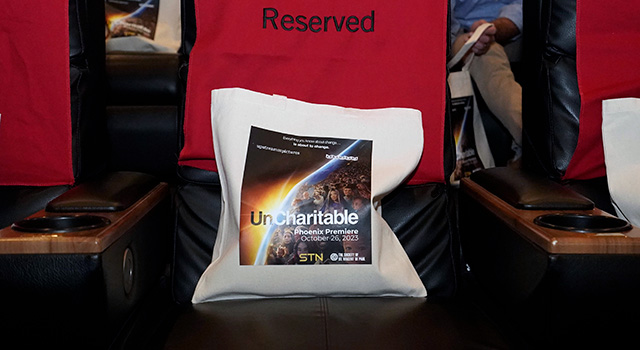
STN and St. Vincent de Paul teamed up for the premiere of ‘UnCharitable’ . (STN/Darryl Webb)
‘UnCharitable’ examines stories of various nonprofits who used money raised through donations to market their cause and raise the funds necessary to bankroll operations while expanding their reach. Unfortunately, they faced media and public scrutiny for the way they spent their money.
3. Taking risks to generate revenue – “Disney can make a new 200 million dollar movie that flops, and no one calls the Attorney General. If a nonprofit does a $1 million community fundraiser for the poor and it doesn’t produce a 75% profit to the cause in the first 12 months, your charity is called into question.” (Source: Dan Pallotta, UnCharitable’, The way we think about charity is dead wrong, TED Talk, March 2013)
In the documentary, Pallotta discusses how nonprofits are reluctant to take on any brave, large-scale fundraising endeavors because if they don’t produce results, the organization’s reputation will be dragged through the mud.
“We have made it a liability to dream in the nonprofit sector. In some cases a criminal liability,” says Pallotta. “ If you come up with a big new idea, and it fails, you are looking at the Attorney General knocking on your door.”
4. Time – “None of these problems can be solved overnight, they can’t be solved in a year, they can’t be solved in two years, you have to have a long-range view.” (Source: Billy Shore, ‘UnCharitable’)
The film uses online retail giant Amazon as an example of the different set of rules nonprofits are held to compared to businesses in the for-profit sector when it comes to investors and the amount of money they are willing to give.
According to the film, Amazon did not return a profit to their investors for six years. Pallotta explains this is because their investors had patience. They knew there was a long-term objective of building market dominance.
Conversely, if a nonprofit took 6 years to develop a strategy to solve a global issue, and for those 6 years, no money went to the cause that organization’s operations would likely be called into question.
5. Profit & access to capital – “ I have been drawn to the nonprofit sector because I think it is the place where you can experiment and do creative things. If there were more capital the amount of innovation that you could drive out of this sector would be incredible.” (Source: Katie Hood, Former CEO, Michael J. Fox Foundation, ‘UnCharitable’)
Pallotta explains how nonprofits deal with problems that are massive in scale, but they aren’t allowed to combat these issues by accessing capital in the same way that Coke-A-Cola and Burger King are allowed to.
He says nonprofits have to be able to think outside the box and be allowed to spend money so they can have long-term success. ‘UnCharitable’ dives into stories of other nonprofits who are thinking outside the box in order to raise capital for their causes.
“The next time you are looking to invest in a charity, don’t ask about the rate of their overhead; ask about the scale of their dreams, their Apple, Google, Amazon-scale dreams. Our generation’s epitaph does not want it to read ‘We kept charity overhead low.’”
—
Behind the scenes at the ‘UnCharitable’ premiere


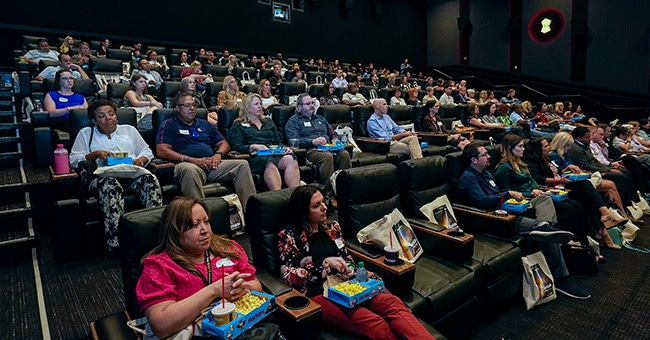
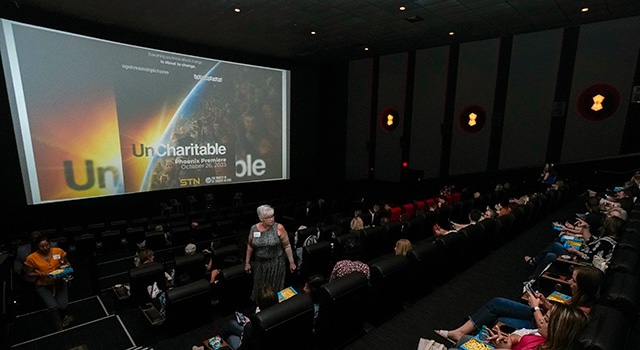
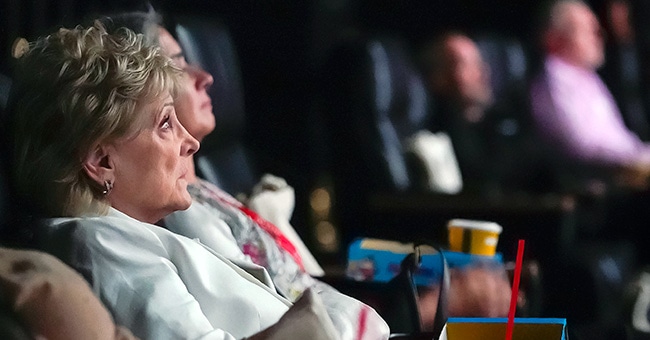
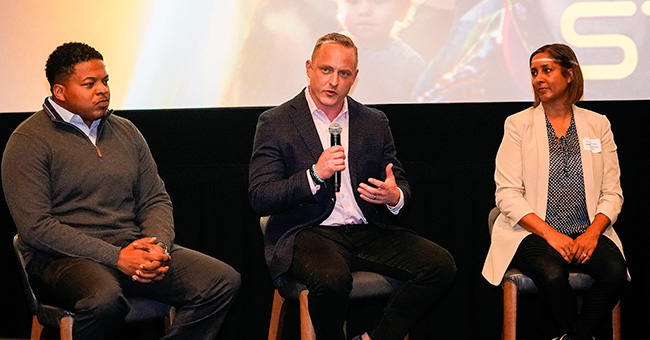

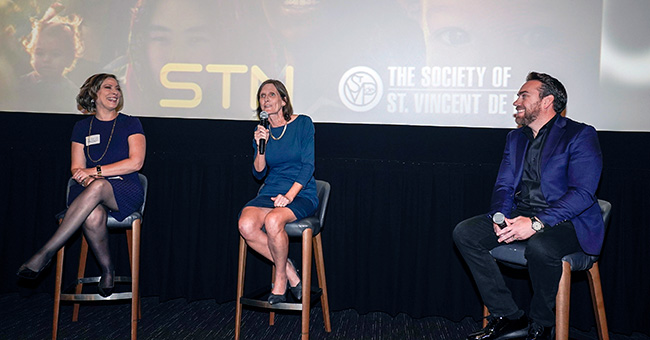
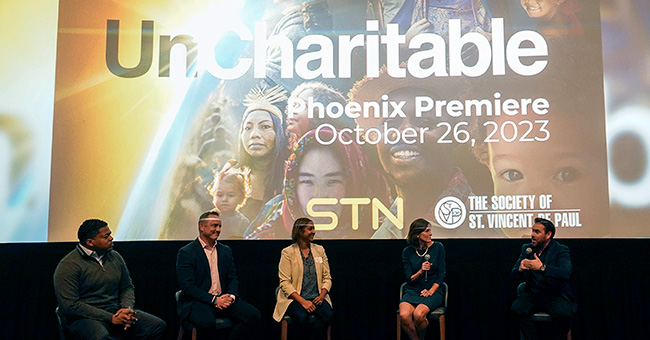
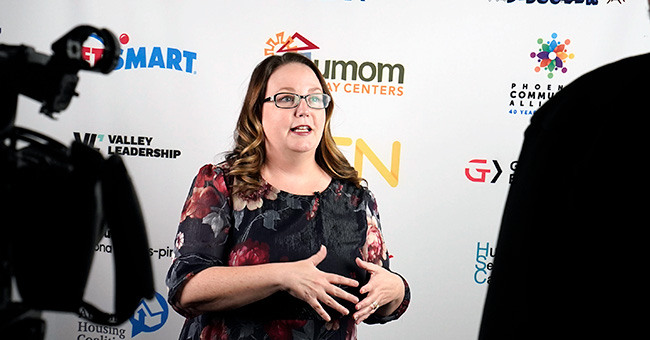
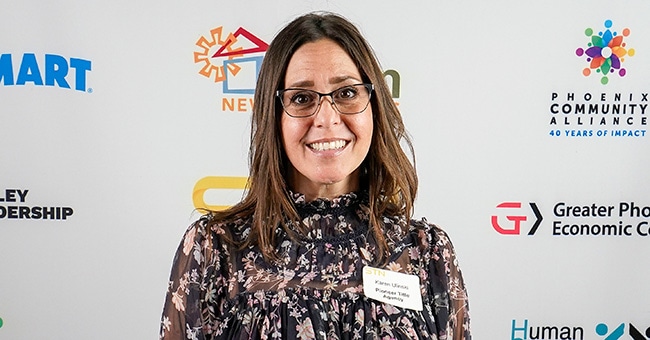
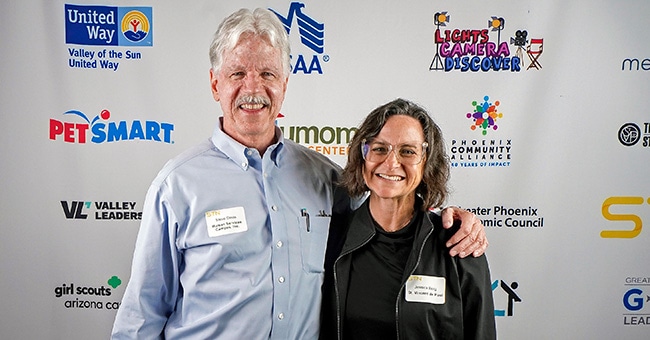
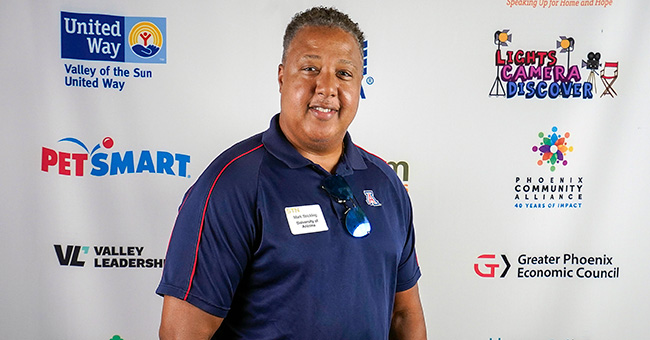
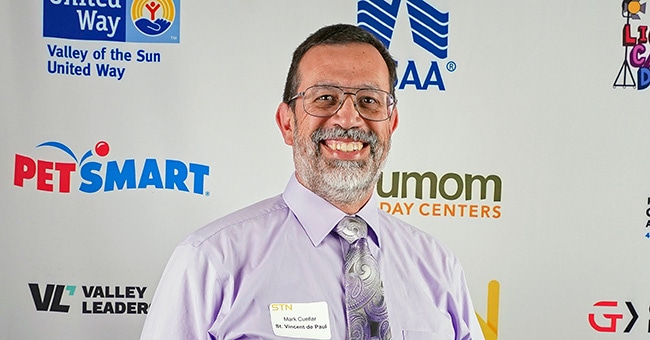
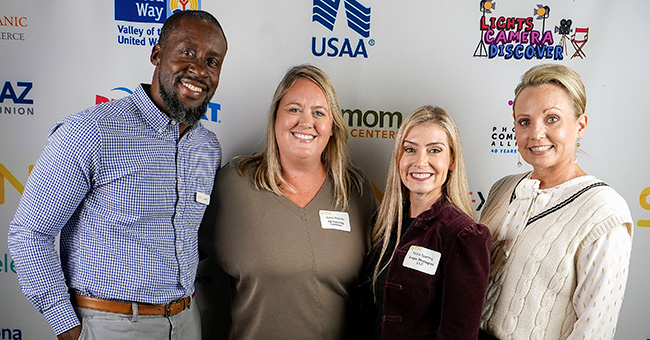
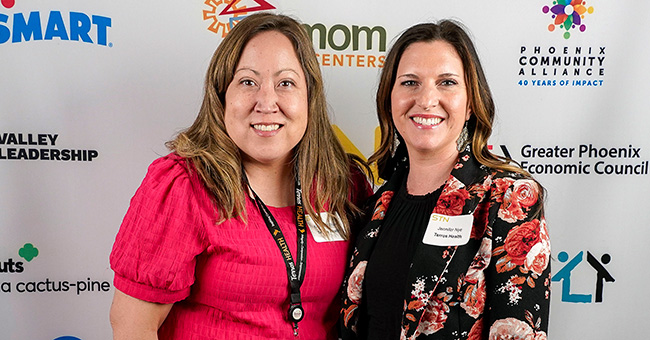
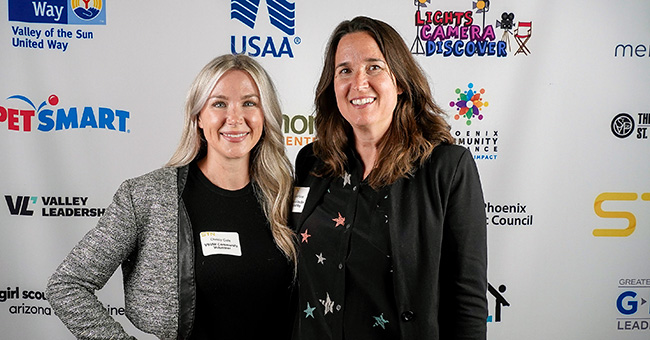

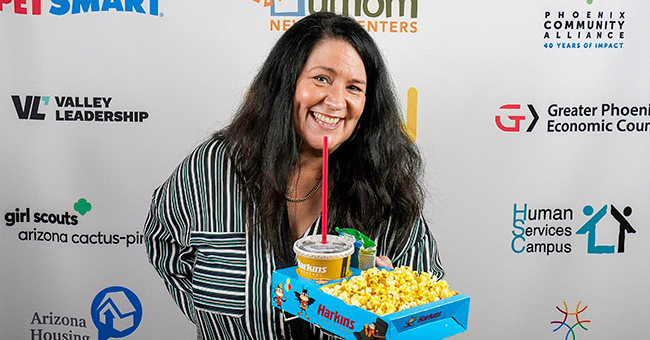

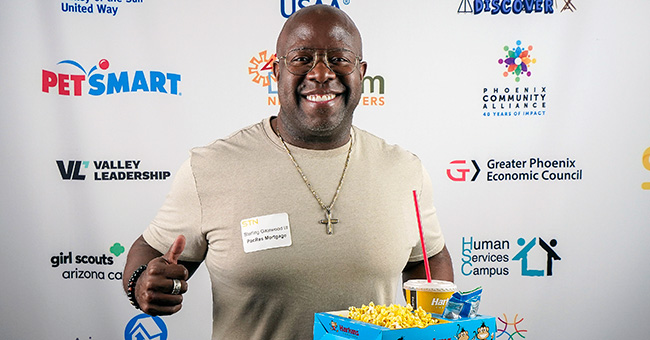
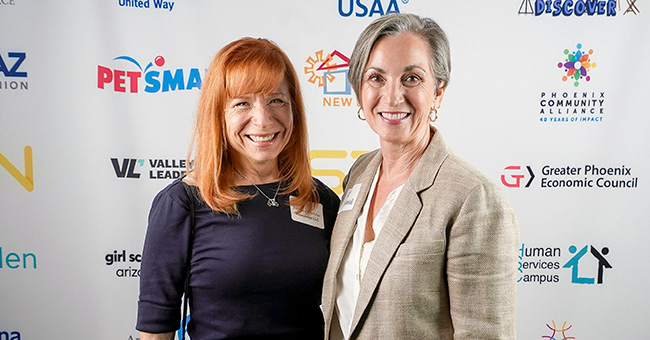
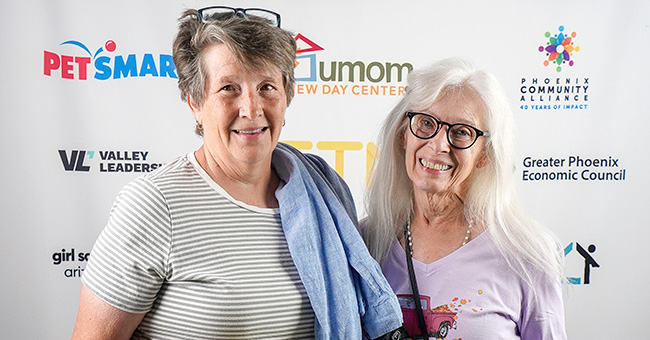
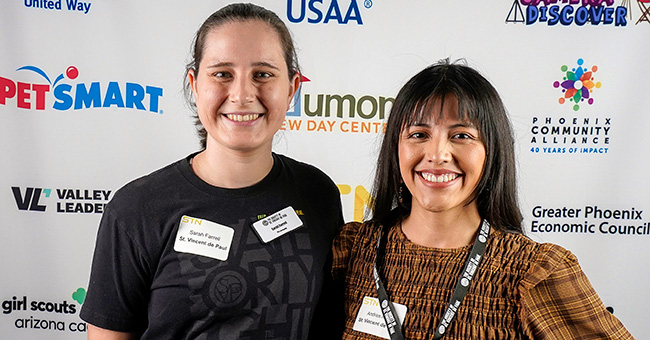
—
At the end of the documentary, Pallotta leaves viewers with a math lesson about the film itself and how changing the perception and strategy when it comes to spending money can have a major impact on solving systemic problems.
In total, ‘UnCharitable’ gives audiences a first-of-its-kind inside look at what it is like to run the day-to-day operations of a nonprofit and offers real ideas that can help nonprofits and community impact workers fulfill their mission.









